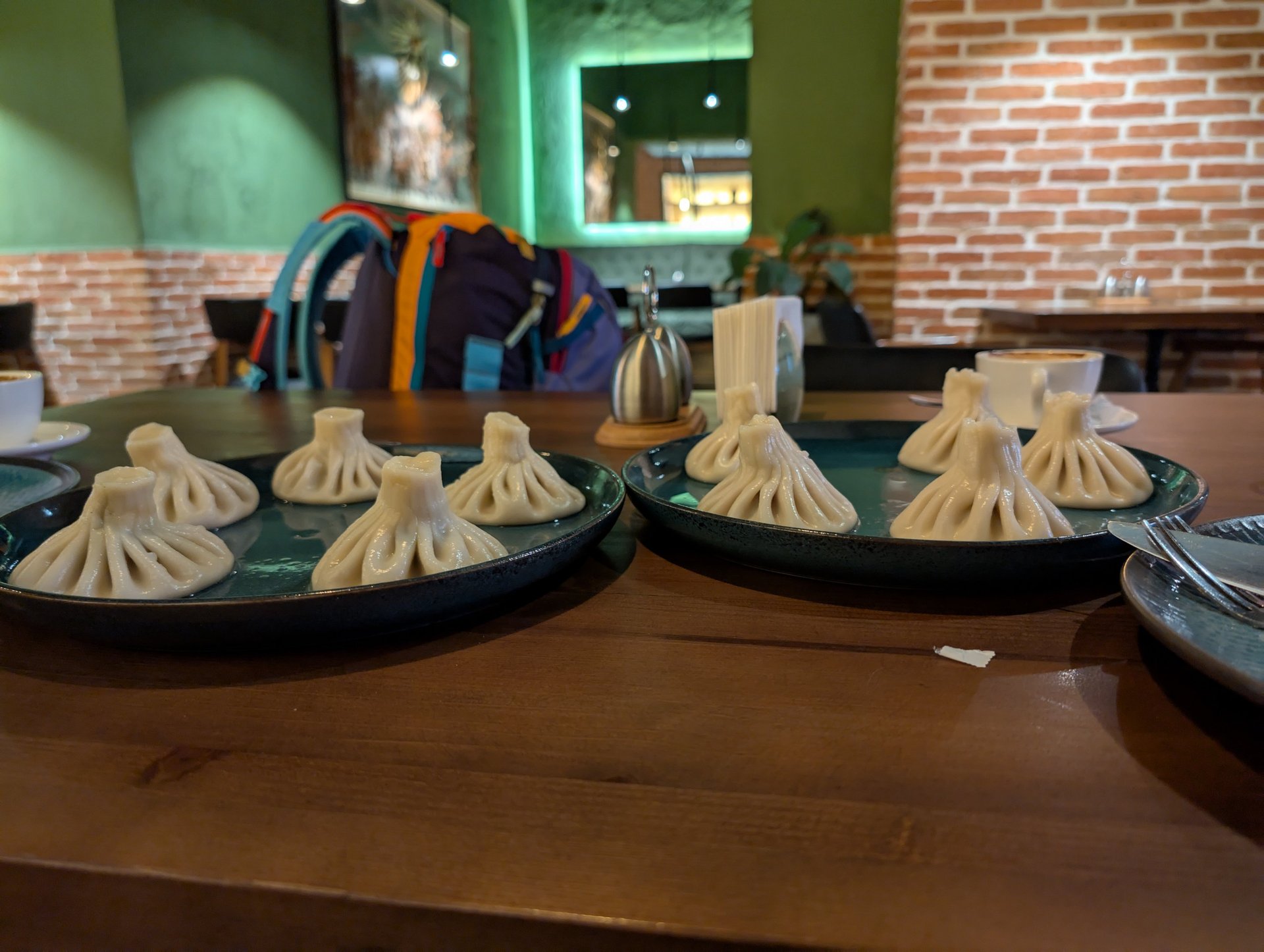
Tbilisi, our early impressions
Here are first impressions, thoughts, feelings and experiences as we get settled into life in Tbilisi.
TRAVEL BLOG
Don
5/9/20254 min read
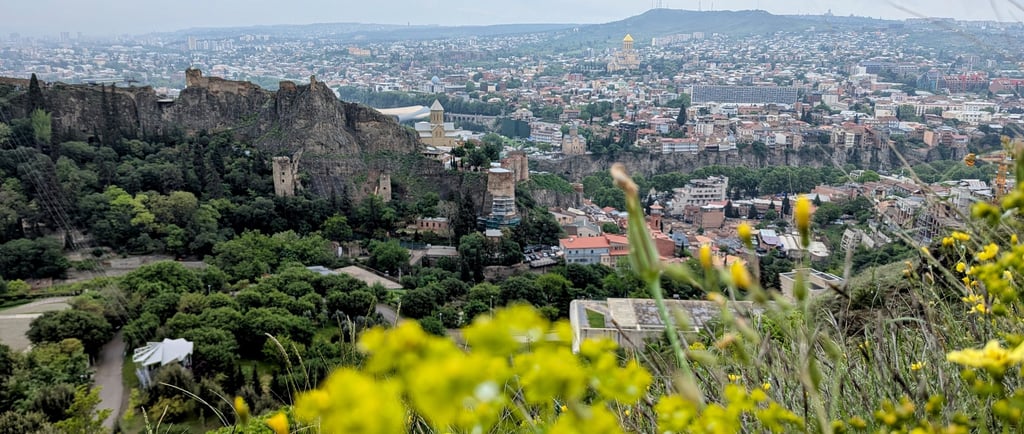

Tbilisi, I haven’t found a singular word, or even an entire sentence to adequately describe this city. Its bustling, busy streets alive with locals walking at a pace that would leave most people winded, the many street dogs often walking with the same sense of purpose, as if they too are late for an important meeting. Old Town’s narrow alleys with their sulfur baths and tourist hawkers and neighboring luxury Mtatsminda collide with the wide Soviet avenues of more contemporary Vake. And there’s our neighborhood of Isani-Samgori, across the Mtkvari River, south of Avlabari. It has its own appeal, once you learn to see past the urban decay, occasional unpaved street and collapsed buildings. Our own crumbling Soviet apartment has its own charm too, perhaps fulfilling some strange fantasy of an imagined past. The open concrete stairwell and terrifying elevator lead to a surprisingly comfortable home, with all the necessities for modern life.
Growing up in America, life in the USSR always appeared as the mirror image of ours at home. Without delving into politics, ideologies and the uglier parts of human existence, there was always something interesting about imagining what my life would be like in the Soviet Union. Samantha and I have found ourselves in these former Soviet republics several times and whenever I translate a menu and read something like “compote of your childhood” my mind is filled with imagined memories of my bonneted Grandmother smashing mulberries in the early summer and serving all us children glasses of fresh juice. Life was hard, winters long and cold, but the fire was warm and we had what we needed. The juxtaposition of my relatively privileged upbringing versus this fantasy creates some sort of nostalgia and familiarity when we travel through and live in this part of the world. With realistic expectations and a little imagination, these now independent countries can be fascinating places to visit.
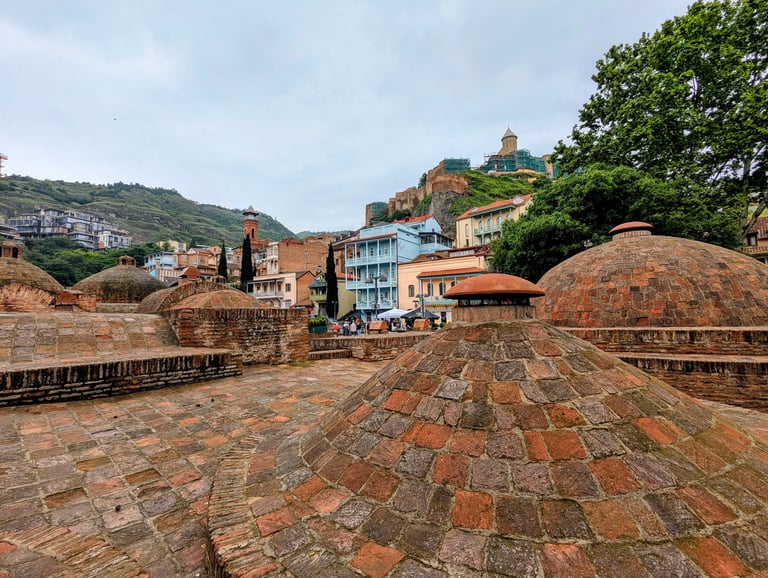
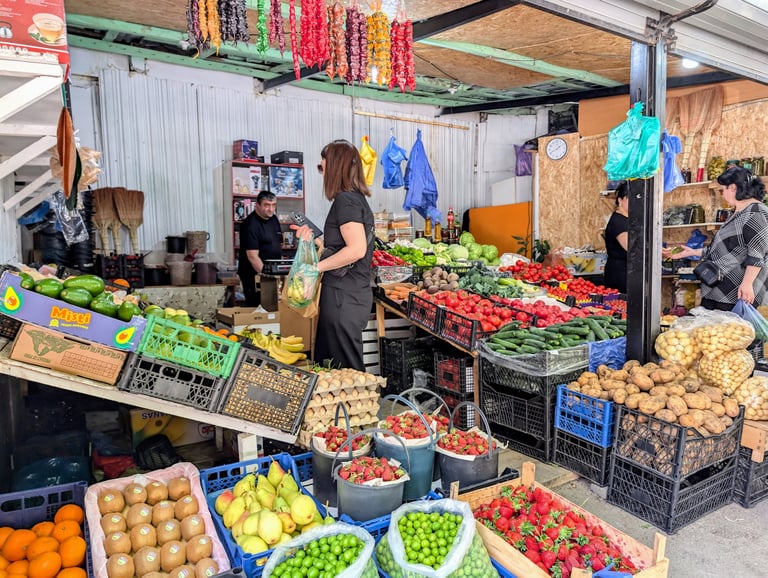
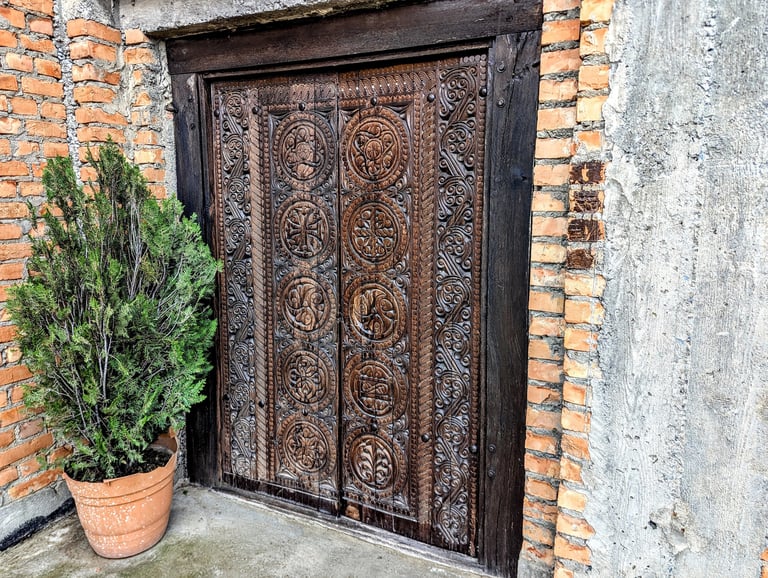
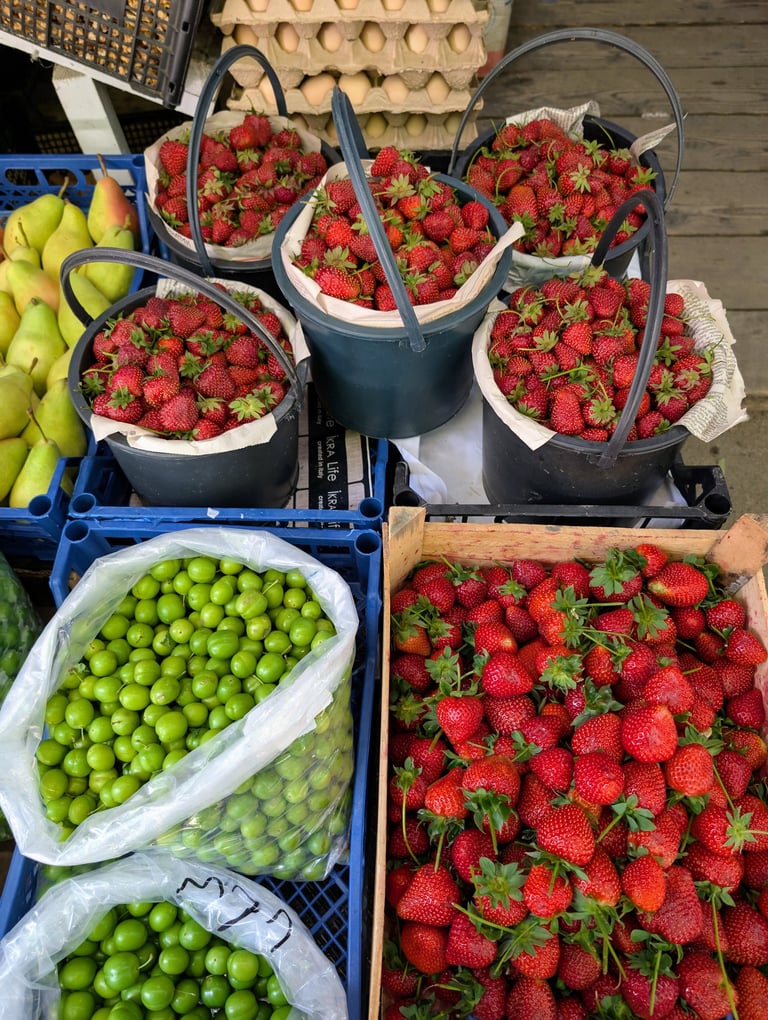




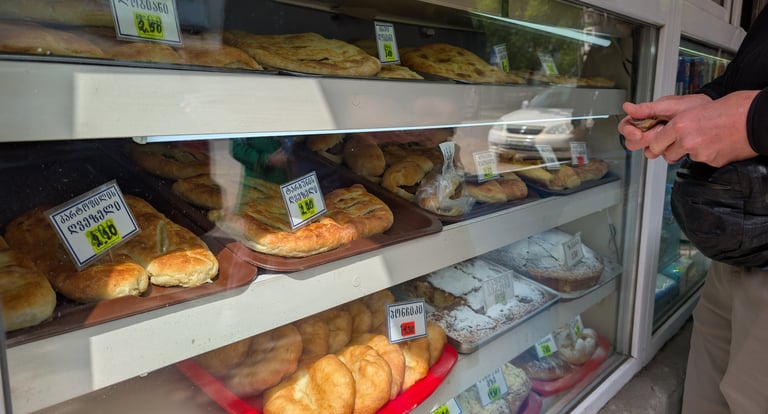






Steeped in centuries of conflict and mired in modern corruption, Tbilisi is both rapidly growing and collapsing on itself simultaneously. New buildings are built and abandoned at an equal rate. As an outside observer I am always careful to watch my perspective and remember this is not my country, not to allow my Western life to shape what I believe to be correct or to lead me to judge unfairly. But mismanagement is all too evident here, with new glass megastructures in Rike Park abandoned before they were ever used, a massive unfinished and unsightly water feature that would have flowed into Vake Park and countless incomplete, vacant construction projects. Recent civil unrest has left its scars as well, graffiti and signs of protest visible throughout the city. We expected most of these things, this is why we can afford to live for extended periods here, but I want future visitors to have realistic expectations, as travel guides and social media often only show the glossy cover shots of ancient churches and historic bathhouses.
The city, like many Soviet cities, is highly walkable with sidewalks, frequent crosswalks and drivers that mostly respect and understand that just as many people commute on foot here each day as by car. The Soviet era metro is easily accessed in most neighborhoods, and the bus system seems reliable. Convenience stores are abundant and well stocked, with real food, like eggs and produce, not just chips and candy. Georgians excel at baking and there are often multiple bakers on the same block, all with fresh goods, some stuffed with molten cheese, others with beans, sweet rolls and pastries. Georgian bread, or specifically tonis puri in the local language, has a whole other set of bakers that sell only plain bread in the traditional style, in a long loaf, or shaped like a “boat” and baked in a brick oven called a tonis or tone, a style of tandoori. And what do these all cost? Fresh bread averages 1.4 lari or $0.51 cents in USD, the most expensive items top out around 5-7 lari depending on what’s offered and what neighborhood you’re in. Produce vendors are numerous with vine ripe tomatoes, fresh herbs and delicious Georgian strawberries.
Tbilisi is also one of the most verdant, green cities I’ve ever seen. Large avenues are lined with London plane trees and courtyards are shaded by fig and grapevines. Fragrant flowers are abundant and whenever you find a commanding view, the entire city is encompassed by rolling, grassy hills, neighborhoods reaching like fingers up narrow valleys. In summary, the city is very livable with many amenities that offset some of the challenges. If you want convenience with less obstacles, stay in Vake or Saburtalo neighborhoods, you’ll sacrifice some old-world charm, but you probably won’t go twelve hours without running water like we have.
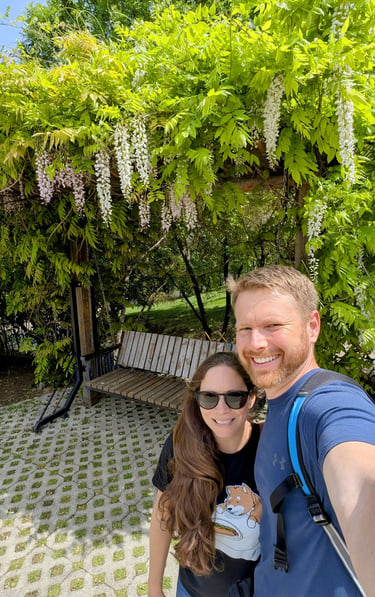

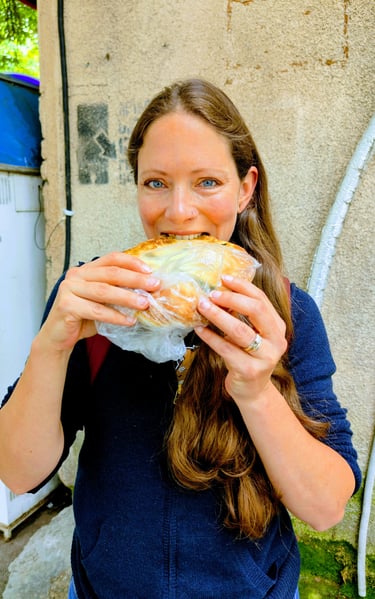

But Georgia is not just Tbilisi, it’s a country of incredible natural beauty as well. The impressive network of trails just outside Vake has given us the smallest taste of this and we are so excited for more. Endless cascading green meadows, with forests of pine and oak reach to the horizon where you can see the still snowbound Greater Caucasus, with peaks reaching seventeen thousand feet. In less than two weeks we’ll find ourselves in Armenia, standing on the Iranian border, beginning our thousand-mile hike back towards these same mountains so we may experience them for ourselves. And we’ll share that journey with you in the coming weeks. Thanks for reading!
Check out our new video to see our apartment and explore Tbilisi

